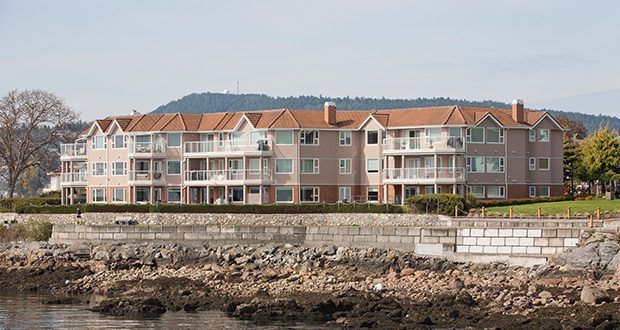An aged care watchdog report released last Tuesday last has revealed a five-year downward trend of Australia's providers meeting quality standards.
Just over half of the nation's aged care providers met the benchmark for personal and clinical care, according to data from the Productivity Commission's (PC) report.
Since 2017, there has been a 12.5 per cent decline in providers receiving the three-year-mark re-accreditation status.
Providers receive re-accreditation from the quality commission if they meet compliance with all eight standards, such as consumer dignity and clinical care.
Obtaining accreditation is necessary for providers to secure government funding.
The data highlights how chronic staffing shortages, five-year financial losses and a pandemic have impacted aged care providers.
For example, only 46 per cent of NSW-based providers met personal and clinical care standards.
Moreover, just over half of the state's providers fulfilled the norm of operating with sufficient skilled staff.
There has been a 20 per cent decline in providers being issued a third re-accreditation status over the past five years.
Chair of the Productivity Commission, Michael Brennan, said the data sheds considerable light on the services delivered to 'some of our most vulnerable members of the community.'
"Understanding the quality and safety of the services is an important part of ensuring that the significant investments governments make are effective," Brennan said.
"This type of data helps improve transparency and the accountability of governments to the communities they serve.
"Understanding the impact that this government expenditure is having on the lives of Australians is critical to understanding value for money for the community."
In 2021-22, the government spent just over $25bn on aged care services, which equates to $5,570 for every care recipient.
The lion-share of the funding ($15.8bn) went towards residential and flexible care services. $8.3bn went to care and support services.
Nearly 40,000 serious incidents reported
Similarly, the same PC report found that the aged care quality commission received over 37,800 serious incident complaints in 2021-22.
Most of the complaints concerned the use of unreasonable force.
Overall, the sector lodged 5.5 complaints for every 10,000 occupied bed days last year.
The Serious Incident and Response Scheme (SIRS) came into force halfway through 2021 to better monitor abuse and neglect cases in aged care.
The watchdog noted that all SIRS reports may not reflect the actual instances of harm as 'reports might include multiple notifications of the same matter.'
Nevertheless, after last December's SIR's involvement in home and support care, the data sets the benchmark for future reports.
Do you have an idea for a story?Email [email protected]
 Aged Care Insite Australia's number one aged care news source
Aged Care Insite Australia's number one aged care news source


I’d like to know if the correct data has been supplied to the Productivity Commission with regard to re-accreditation status of facilities, or if they have pulled this data from the “updated” My Aged Care website.
The facility I work for has been granted 3-year batches of Accreditation since 2006, with ZERO non-compliance in that time.
In 2022, we were granted an additional 18 months accreditation, taking us to mid-2024 – but the My Aged Care data said we were ONLY accredited for 18 months, not 3 years -PLUS- 18 months…
I’d like to know how many other facilities are in this boat??? And thus, if the figures quoted in your article are actually correct…